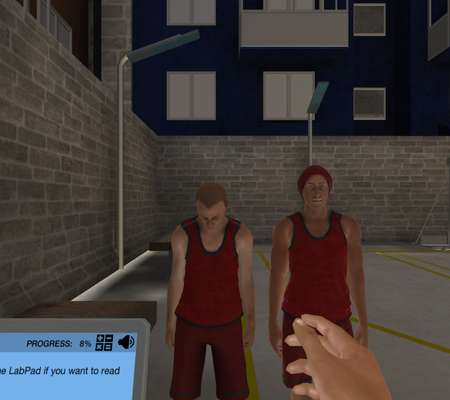Looks like there’s nothing here...
We couldn't find anything related to your search query. Check your search for any spelling errors or try a different search term.

Why Labster?
Labster’s immersive virtual labs are proven to engage students in science, reduce dropout rates, decrease overhead, and improve learning outcomes.

Labster helps teachers increase their students’ knowledge and test scores.
Research shows that low-knowledge students improve the most after using Labster, with a 24% increase in their test scores.
Source: BMC Study
.svg)
80% of students said Labster made them more likely to continue enrolling in STEM classes.
Over 50% of first-year STEM students in the United States either change their majors or fail to earn their degree.
Source: LXD Study
.svg)
90% of students agreed that Labster provided opportunities for additional lab practice.
Undergraduate students typically require more time to complete lab experiments than provided.
Source: LXD Study
Labster for High School
Virtual Labs are a powerful tool to inspire, engage, and accelerate learning in the high school science classroom.
About Virtual Labs
Virtual Labs are interactive science simulations that accelerate STEM learning through gamification. Educators assign labs to students through their internet browsers, where students can train lab skills, visualize abstract theory, and learn science through real-world scenarios.
Take the Product TourUbiSim VR for Nursing
Elevate your nursing program with UbiSim, a VR solution dedicated to clinical excellence.
- Enhance clinical judgement
- Improve patient outcomes
- Train critical nursing skills
Learn more
Ready to Expand STEM Opportunity?
Talk to an expert to discover if virtual labs are right for you.
Book a Free Consultation




.png?fm=jpg&w=450&h=400)





.png?fm=jpg&w=450&h=400)












.png?fm=jpg&w=450&h=400)











.png?fm=jpg&w=450&h=400)
.png?fm=jpg&w=450&h=400)


.png?fm=jpg&w=450&h=400)




.png?fm=jpg&w=450&h=400)






.png?fm=jpg&w=450&h=400)

















